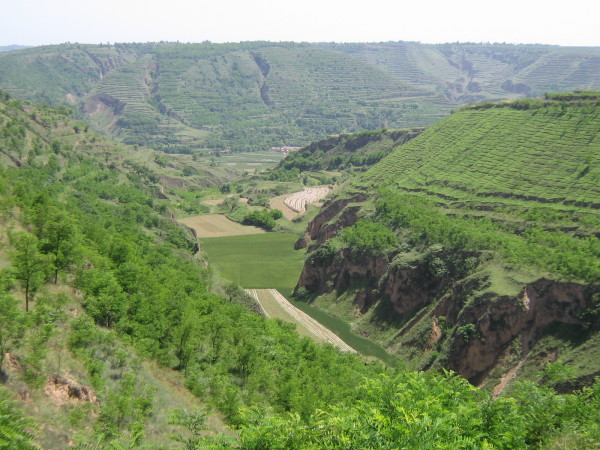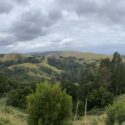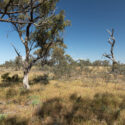Agricultural vulnerability to climate change on the Loess Plateau China
Anna Roberts has co-authored a journal paper with Chinese colleagues led by University of Technology student Xueling Li and supervised by Professor Qiang Yu. Over 108 million people live in the Loess Plateau region in China which is known for its highly erodible and fragile soils. Over 70% of the population depend on dryland agriculture. The vulnerability of 243 counties was assessed using climate and agricultural indicators from Chinese databases to assess exposure (rainfall variability and potential for soil erosion) and vulnerability (grain yield variability) while stocks of capital were used to asses adaptive capacity (disposable income of rural residents, non-agricultural share of gross domestic product, productivity of grain area sown, proportion of irrigated area, chemical fertiliser and agricultural machinery power used). Forty-two counties in the central northeast- southwest part of the region were estimated to be highly exposed and sensitive to the impacts of climate change and with low capacity for adaptation. Results can help decision-makers prioritise counties which have greater needs for assistance, given their low adaptive capacity to respond to climate change and invest in other measures. The full copy of the paper is available here.
Posted 3 May 2016 in News




















